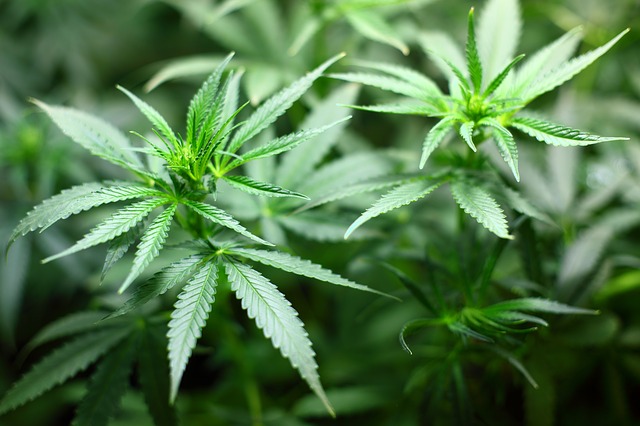In a recent study, researchers found evidence of a compromised dopamine system in those that are heavy users of marijuana. Lower dopamine release was detected in the straitum – a region of the brain that is involved in working memory, impulsive behavior and attention. Previous studies have shown that addiction to other drugs like cocaine and heroin, have similar effects on dopamine release, but the evidence for cannabis was missing until now.
Anissa Abi-Dargham, MD, said, “In light of the more widespread acceptance and use of marijuana, especially by young people, they believe it is important to look more closely at the potentially addictive effects of cannabis on key regions of the brain. She is a professor of psychiatry (in radiology) at Columbia University Medical Center (CUMC) and a lead author of the paper.
The study included 11 adults between the ages of 21 and 40 who were severely dependent on cannabis and 12 matched healthy controls. On average, the cannabis use group started using as early as age 16, became dependent on cannabis by age 20, and have been dependent for the past 7 years. In the month prior to the study, nearly all users in this study smoke marijuana on a daily basis.
Using positron emission tomography (PET) to track a radiolabelled molecule that binds to dopamine receptors in the brain, the scientists measured dopamine release in the striatum and its subregions, as well as in several brain regions outside the striatum, including the thalamus, midbrain, and globus pallidus. The cannabis users in this study stayed in the hospital for a week of abstinence to ensure that the PET scans were not measuring the acute effects of the drug. Participants were scanned before and after being given oral amphetamine to elicit dopamine release. The change in the binding of the raiotracer was taken in percentages as an indicator of capacity for dopamine release.
Compared to the control group, the cannabis users had significantly lower dopamine release in the striatum, including subregions involved in associative and sensorimotor learning, and in the globus pallidus.
The scientists also explored the relationship between dopamine release in a key area of the striatum and cognitive performance on learning and working memory tasks. Although there was no difference between groups in task performance, lower dopamine release in all participants was associated with worse performance on both tasks.
“We don’t know whether decreases dopamine was a preexisting condition or the result of heavy cannabis use,” said Dr. Abi-Dargham. “But the bottom line is that long-term, heavy cannabis use may impair the dopaminergic system, which could have a variety of negative effects on learning and behavior.”
Jeffrey Lieberman, MD, Chair of Psychiatry at CUMC and past president of the American Psychiatric Association, noted that “these findings add to the growing body of research demonstrating the potentially adverse effects of cannabis, particularly in youth, at the same time that government policies and laws are increasing access and use.”



